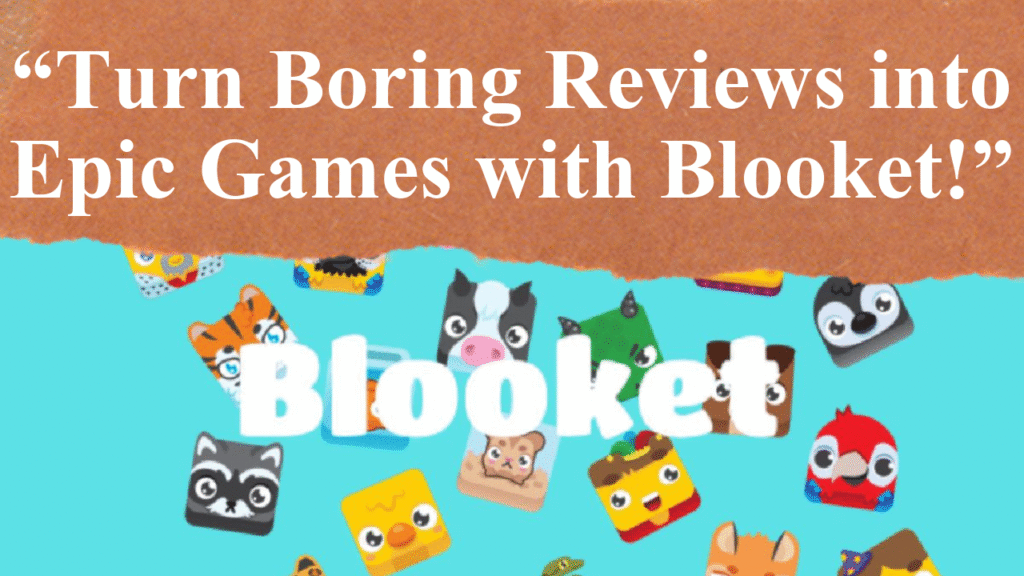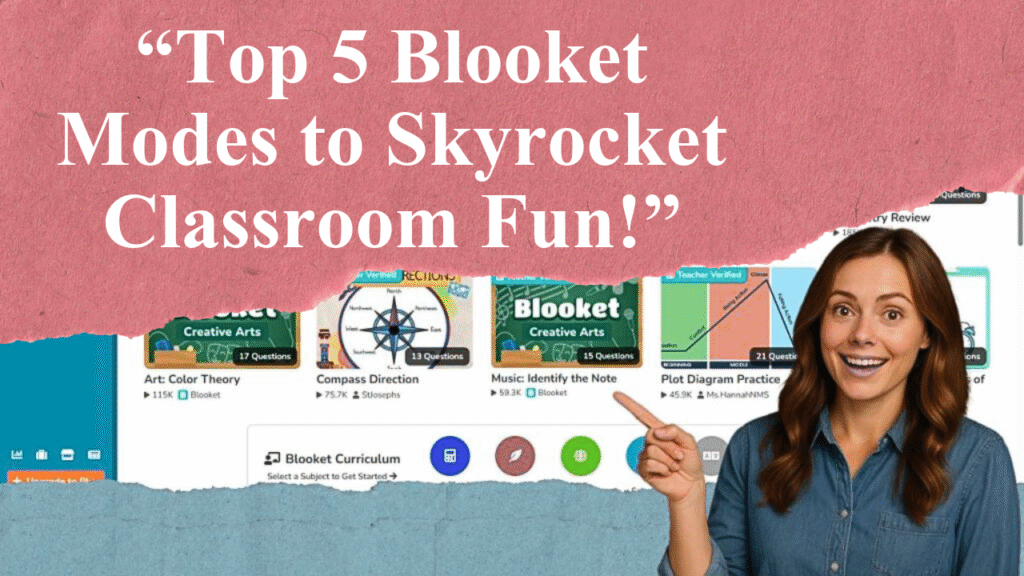“Blooket transforms classrooms with gamified learning, boosting engagement and retention. This article explores practical tips for integrating Blooket, including setup, game mode selection, customization, and data-driven strategies. Learn how to align games with curriculum, foster collaboration, and ensure inclusivity while avoiding common pitfalls, making learning fun and effective for all students.”
Mastering Blooket for Classroom Success
Blooket is a gamified learning platform that turns traditional quizzes into interactive experiences, making it a powerful tool for educators. Here’s how to integrate it effectively into your classroom based on the latest insights and practices.
1. Start with a Simple Setup
Creating a Blooket account is free and straightforward. Visit www.blooket.com, sign up with a Google or email account, and select “Teacher” to access the dashboard. Create a classroom by adding a name and grade level, then share the unique code with students. For seamless integration, link Blooket to Google Classroom or Microsoft Teams to share game codes and track progress. This setup minimizes technical barriers and maximizes learning time.
2. Choose or Create Relevant Question Sets
Blooket offers thousands of pre-made question sets across subjects like math, science, and language arts, searchable by topic or grade level. For example, a 2024 guide highlights sets for vocabulary and grammar, ideal for language arts classrooms. Alternatively, create custom sets tailored to your lesson plans. Import questions from Quizlet or spreadsheets to save time, ensuring content aligns with curriculum goals. Add visuals or explanations to enhance understanding, especially for younger students.
3. Select Game Modes Strategically
Blooket’s diverse game modes cater to different learning objectives. For instance, “Tower Defense” encourages collaboration, while “Gold Quest” suits quick reviews. A 2024 analysis suggests “Cafe Mode” for self-paced learning and “Battle Royale” for competitive engagement. Match modes to your class dynamics—use team modes for group cohesion or solo modes for independent practice. Adjust settings to de-emphasize speed, ensuring inclusivity for all learners.
4. Align Games with Learning Objectives
Define clear goals before launching a game. For example, a 2023 lesson plan recommends using Blooket to reinforce skip counting in elementary math. Align question sets with specific topics, such as literary devices or historical events, to support curriculum standards. A 2025 article emphasizes setting objectives to assess retention or foster teamwork, ensuring games are educational and not just entertainment.
5. Foster Collaboration and Engagement
Blooket’s multiplayer modes promote teamwork. Group students randomly to encourage camaraderie, as suggested by a 2024 teaching guide. Use leaderboards and rewards like “Blooks” (avatars) to spark healthy competition. For instance, a 2023 post notes students’ excitement over earning themed Blooks, boosting participation. Encourage students to create their own question sets, fostering ownership and deeper engagement with the material.
6. Leverage Real-Time Feedback and Data
Blooket provides instant feedback, allowing teachers to monitor performance and identify areas needing support. A 2024 source highlights how game reports help assess understanding, enabling tailored instruction. Share results with students to reinforce correct answers and address misconceptions. Integrate tools like FineReport, as recommended in a 2024 article, to analyze data from multiple platforms for a comprehensive view of student progress.
7. Ensure Inclusivity and Accessibility
Blooket accommodates diverse learning styles. Its visual interface and varied modes suit different abilities, making it ideal for elementary to high school students. A 2023 article notes its accessibility for remote and in-person settings. Offer devices for students without access, or use classroom stations for solo play if devices are limited. Adjust time limits to support students with special needs.
8. Avoid Overuse and Distractions
While Blooket is engaging, overuse can lead to overstimulation, especially for students with ADHD, as noted in a 2024 Reddit discussion. Limit sessions to 10–15 minutes and balance with other activities. Avoid overly busy game modes that may distract from learning, as cautioned in a 2023 review. Use Blooket as a supplement, not a replacement, for in-depth instruction.
9. Incorporate Blooket Beyond the Classroom
Assign games as homework for independent practice, as Blooket’s asynchronous mode allows self-paced learning. A 2023 guide suggests using it in after-school programs or libraries to promote lifelong learning. Share game links via learning management systems for easy access. Encourage students to explore public sets for self-study, reinforcing concepts outside class hours.
10. Stay Ethical and Monitor Usage
Avoid “hacks” that manipulate gameplay, as they undermine learning and fairness. A 2025 article advises educating students on ethical use and monitoring activity to prevent misuse. Focus on legitimate strategies, like practicing speed and accuracy, to maximize engagement without compromising integrity.
Disclaimer: This article is based on recent web sources, educational blogs, and teaching guides available as of July 14, 2025. Information reflects current trends and practices but may evolve. Always verify platform features and privacy policies before use.




